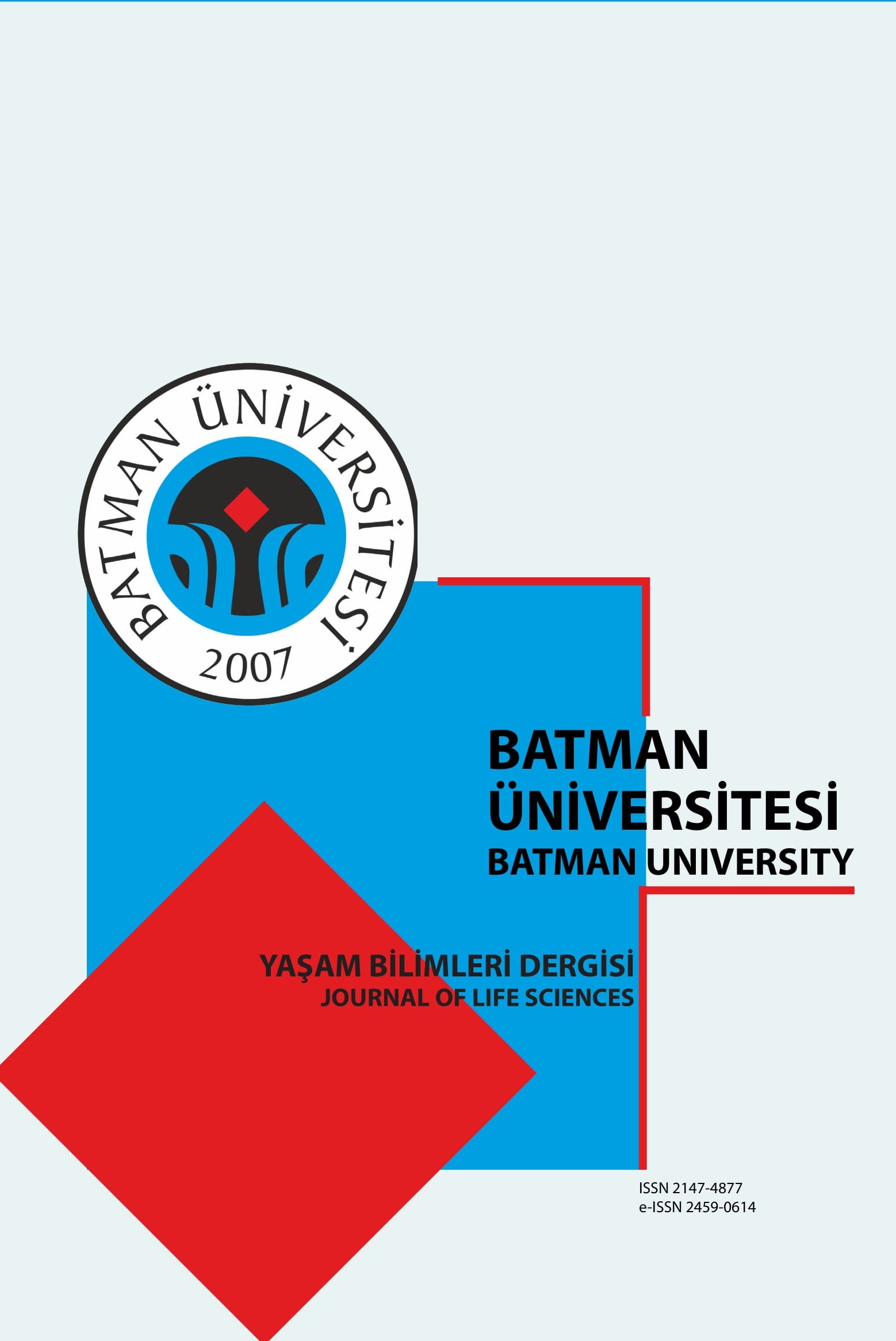İznik Müzesi’nden Erkek Başı
Erkek Başı, İznik Müzesi, İznik Müzesi, Erkek Başı, Iulius-Claudiuslar Hanedanlığı, Claudius Dönemi
Male Head From Iznik Museum
Iznik Museum, Man Head, Iulius-Claudian Dynasty, Claudius Period,
___
- Bergmann, M. ve Zanker, P. (1981). “Damnatio Memoriae” Umgearbeitete Nero und Domitiansporträts. Zur Ikonographie der Flavischen Kaiser und des Nerva. Jahrbuch des Deutschen Archäologoschen Instituts, 96, ss. 317-ss. 412.
- Boschung, D. (1989). Die bildnisse des Caligula. Gebr. Mann Verlag.
- Boschung, D. (1993). Die bildnisse des Augustus. Gebr. Mann Verlag.
- Delbrück, R. (1912). Antike porträts. A. Marcus & E. Weber.
- Erkoç, S. (2012). Anadolu’da Iulius-Claudiuslar Dönemi Portre Sanatı. (Yayımlanmamış Doktora Tezi). Akdeniz Üniversitesi Sosyal Bilimler Enstitüsü, Antalya.
- Fittschen, K. ve Zanker, P. (1985). Katalog der römischen porträts in den Capitolinischen Museen und den anderen kommunalen sammlungen der stadt Rom: Band I-Text. Philipp von Zabern, Mainz am Rhein.
- Fittschen, K. ve Zanker, P. (1985). Katalog der römischen porträts in den Capitolinischen Museen und den anderen kommunalen sammlungen der Stadt Rom: Band I-Tafeln. Philipp von Zabern, Mainz am Rhein.
- Heintze, H. v. (1961). Römische Porträt-Plastik aus sieben jahrhunderten. Hans e Günther. Hertel, D. (1982). Caligula-Bildnisse vom Typus Fasanerie in Spaien. MM, 23, ss. 258-ss. 295.
- Hiesinger, U. W. (1975). The Portraits of Nero. AJA, 79, ss. 113-ss.124.
- İnan, J. ve Rosenbaum, E. (1966). Roman and early Byzantine portrait sculpture in Asia Minor. The Oxford University Press.
- İnan, J. ve Rosenbaum, E. A. (1979). Römische und frühbyzantinische porträtplastik aus der Türkei-Text. Philipp von Zabern, Mainz am Rhein.
- İnan, J. ve Rosenbaum, E. A. (1979). Römische und frühbyzantinische porträtplastik aus der Türkei-Tafeln. Philipp von Zabern, Mainz am Rhein.
- Kreikenbom, D. (1992). Griechische und Römische kolossalporträts bis zum Späten ersten Jahrhundert nach Christus. Walter de Gruyter.
- Özgan, R. (2013a). Roma portre sanatı I. Ege Yayınları.
- Özgan, R. (2013b). Roma portre sanatı II. Ege Yayınları.
- Özgan, R. (2015). Roma portre sanatı III. Ege Yayınları.
- Pollini, J. (2005). A New Marble head of Tiberius. Portrait typology and ideology. Antk, 48, ss. 55-ss. 71.
- Poulsen, V. (1951). Nero, Britannicus amd Others. ActaArch, 22, ss. 119-ss. 135.
- Poulsen, V. (1973). Les portraits romains: République et dynastie julienne volume I. Edité par Glyptothéque.
- Rose, C. B. (1997). Dynastic commemoration and imperial portraiture in the Julio-Claudian Period. Cambridge University Press.
- Stavridis, A. (1985). Römische Porträts von Kindern und Jugendlichen in Griechenland. RM, 92, ss. 334-ss. 336.
- Vermeule, C. (1968). Roman imperial art in Greece and Asia Minor. Harvard University Press.
- West, R. (1933). Römische porträt-plastik. F. Bruckmann K. G.
- ISSN: 2147-4877
- Yayın Aralığı: Yılda 2 Sayı
- Başlangıç: 2012
- Yayıncı: Batman Üniversitesi
Türkiye’de Hemşirelik Bölümünün Eğitsel ve Akademik Yapısı
Polimer Elektrolit Membran Yakıt Hücresinin Dolaylı Sodyum Borhidrür İle Çalıştırılması
Arzu EKİNCİ, Ömer ŞAHİN, Sabit HOROZ
Divan Edebiyatı Şairlerinden Mümin Paşa (Ahsenî) ve Şiirleri
